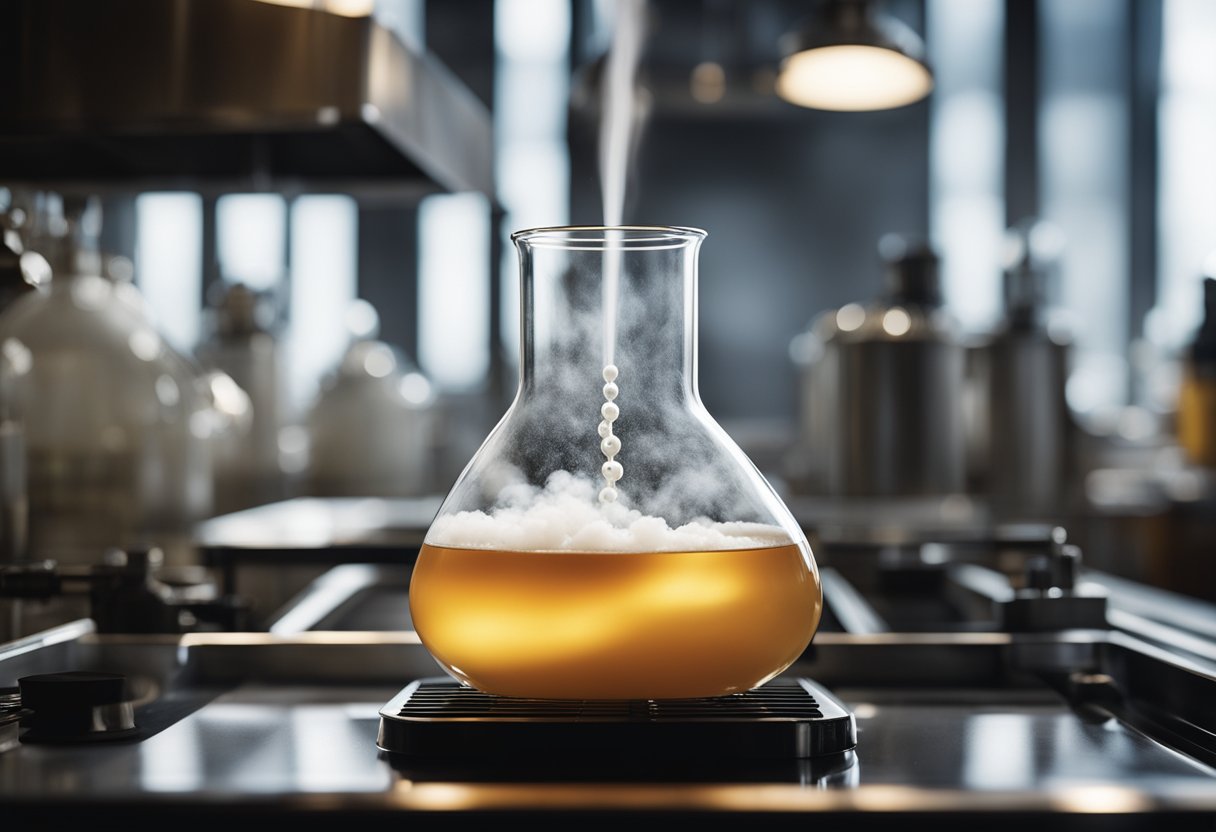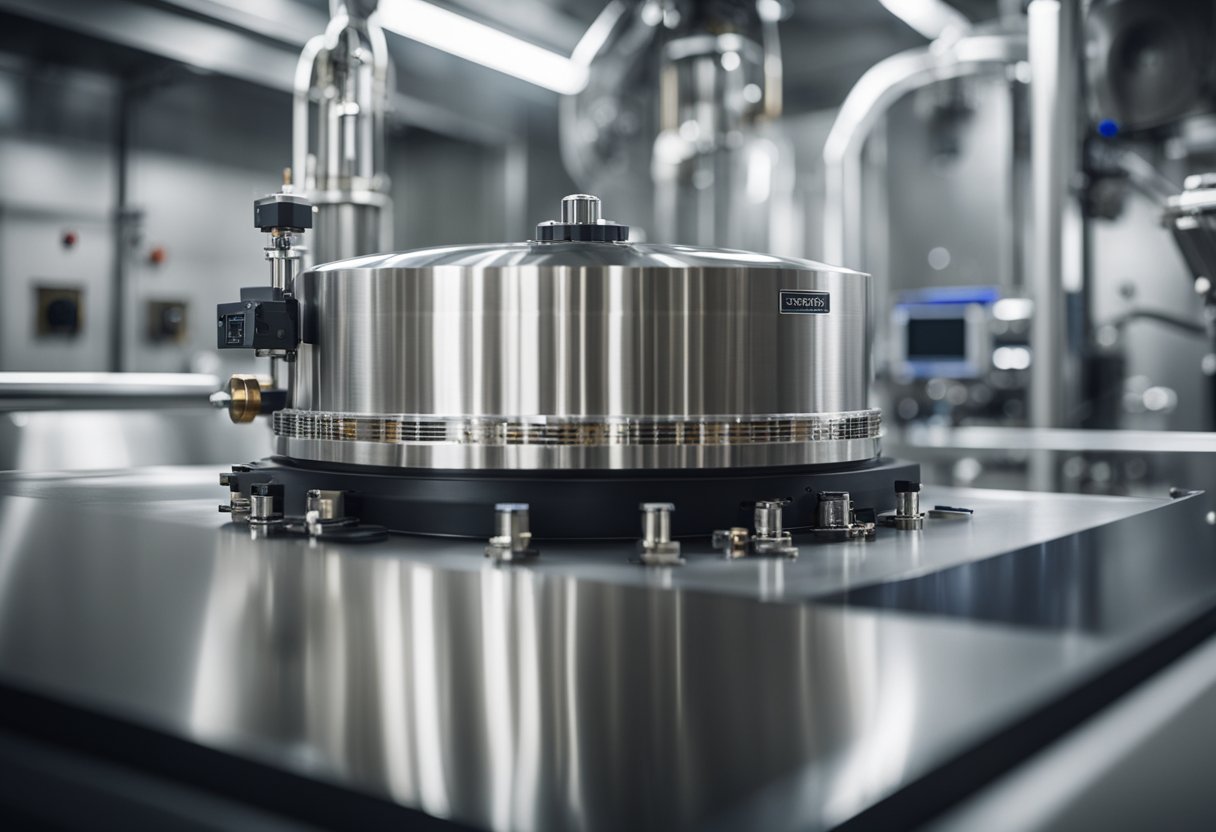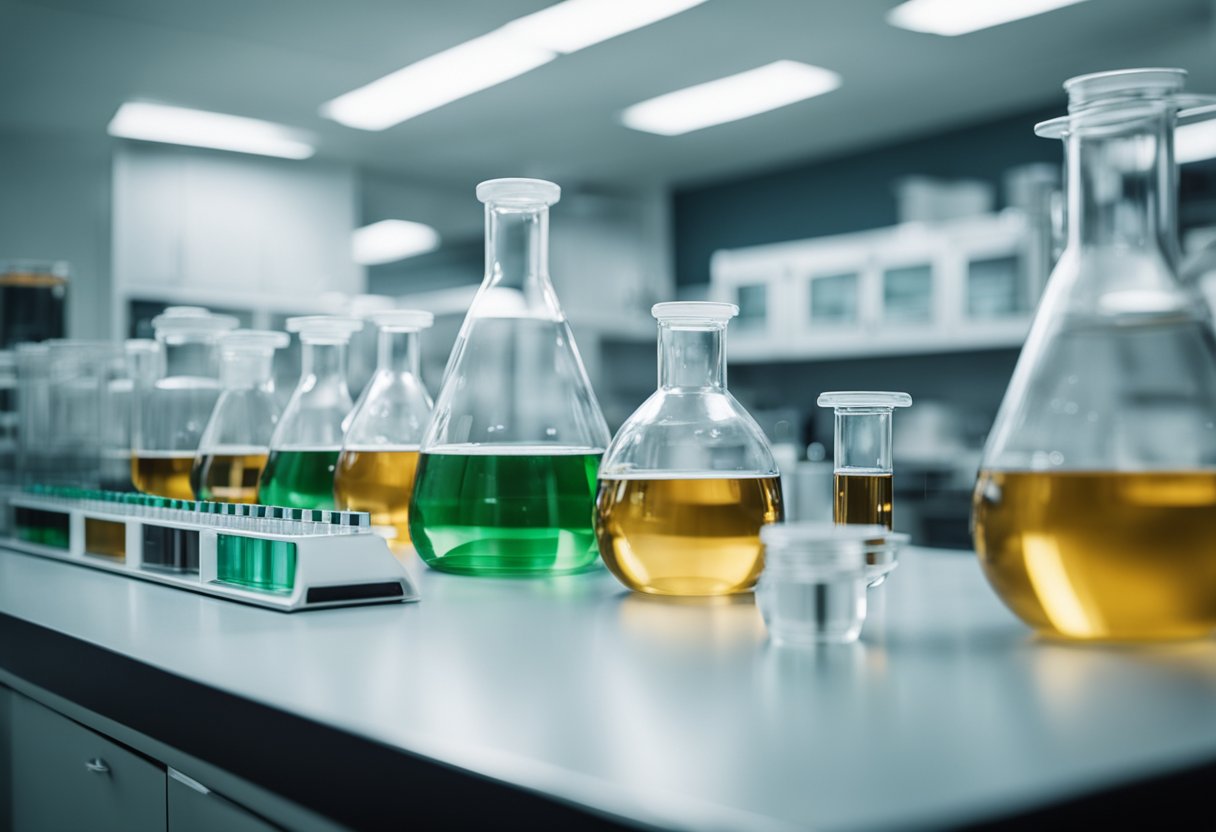Evaporation materials play a crucial role in thin film deposition processes used across industries. These specialized substances transform from solid to vapor under controlled conditions, allowing for precise layering of ultra-thin coatings on various surfaces. You encounter the results of evaporation materials daily, often without realizing it.

From the electronics in your smartphone to advanced optical coatings on eyeglasses, evaporation materials enable the creation of essential components. The process involves heating the material until it vaporizes, then allowing it to condense on a target substrate. This technique produces uniform, high-quality thin films with thicknesses measured in nanometers.
Thermal and e-beam evaporation are two common methods for vaporizing these materials. Each approach offers unique advantages depending on the specific application and desired film properties. As technology advances, the demand for increasingly sophisticated evaporation materials continues to grow, driving innovation in electronics, optics, and beyond.

Evaporation materials play a crucial role in thin film deposition processes. These materials come in various types, forms, and are used with different deposition techniques to create high-quality thin films for numerous applications.
These deposition substances encompass a wide range of materials. Metals like gold, silver, and aluminum are commonly used for their excellent conductivity. Alloys offer unique properties by combining multiple elements. Ceramics, oxides, and compounds such as titanium dioxide and silicon dioxide provide specific optical or electrical characteristics.
Nitrides, borides, carbides, and silicides are valued for their high melting points and durability. Fluorides are often chosen for optical coatings due to their transparency. The purity level of these materials is critical, with high purity options ensuring better film quality and performance.
You’ll find these materials in various forms to suit different deposition setups. Pellets offer uniform evaporation and are easy to handle. Wire and rods are ideal for continuous feed systems. Granules and powders provide large surface areas for rapid evaporation.
Pieces, shot, and slugs are suitable for specific crucible designs. The choice of form depends on factors like material properties, evaporation rate, and equipment compatibility. Crucible liners may be necessary to prevent contamination and ensure material purity during the evaporation process.
Thermal evaporation is a straightforward method where materials are heated to their vaporization point. It’s suitable for materials with low melting points. Electron beam evaporation uses a focused electron beam to heat the source material, allowing for higher temperatures and better control over the evaporation rate.
Molecular Beam Epitaxy (MBE) is a precise technique for growing high-quality crystalline films. It offers excellent control over film growth and composition. Each technique has its advantages, and your choice depends on the material properties, desired film characteristics, and application requirements.

Evaporation materials play a crucial role in various industries and technologies. Their proper selection, handling, and quality assessment are essential for achieving desired results in coating processes.
These specialized compounds find extensive use in creating reflective and optical coatings. You’ll often see them applied to electronic devices, integrated circuits, and optical components. These materials are vital in producing thin films for solar cells, enhancing their efficiency and durability.
In aerospace and energy technologies, evaporation materials contribute to developing advanced surfaces and structures. Precious metals and cermets are frequently utilized for their unique properties and performance characteristics.
The semiconductor industry relies heavily on evaporation materials for fabricating microchips and other electronic components. You’ll find these materials critical in producing high-precision optical lenses and mirrors as well.
Ensuring the quality and purity of evaporation materials is paramount. You should always request a certificate of analysis when purchasing these materials. This document provides crucial information about purity levels and potential contaminants.
Purity is typically expressed as a percentage, with higher values indicating better quality. For many applications, you’ll need materials with 99.99% purity or higher.
Regular testing and analysis help maintain consistent quality across batches. You should be aware that even small impurities can significantly impact the final product’s performance and characteristics.
Proper handling and storage of evaporation materials are essential to maintain their quality and prevent contamination. You should store these materials in clean, dry environments, away from moisture and potential contaminants.
Many evaporation materials are sensitive to air and moisture. You’ll need to use inert gas environments or vacuum storage for some materials to prevent oxidation or degradation.
During the evaporation process, efficient collection and condensation of the vaporized material onto substrates are crucial. You may use various forms of evaporation materials, including pellets, rods, or wires, depending on your specific application and equipment.
Proper cleaning and preparation of substrates before evaporation ensure better adhesion and uniformity of the deposited layer. You should always follow manufacturer guidelines and industry best practices for handling and using evaporation materials.
Choosing the right evaporation materials is critical to achieving precision and quality in your thin film deposition processes. From electronics to optical coatings, understanding these materials can significantly enhance your lab’s efficiency and outcomes. Don’t leave quality to chance—ensure your materials meet the highest standards for purity and performance.
Contact us to learn more and secure the materials that power innovation!